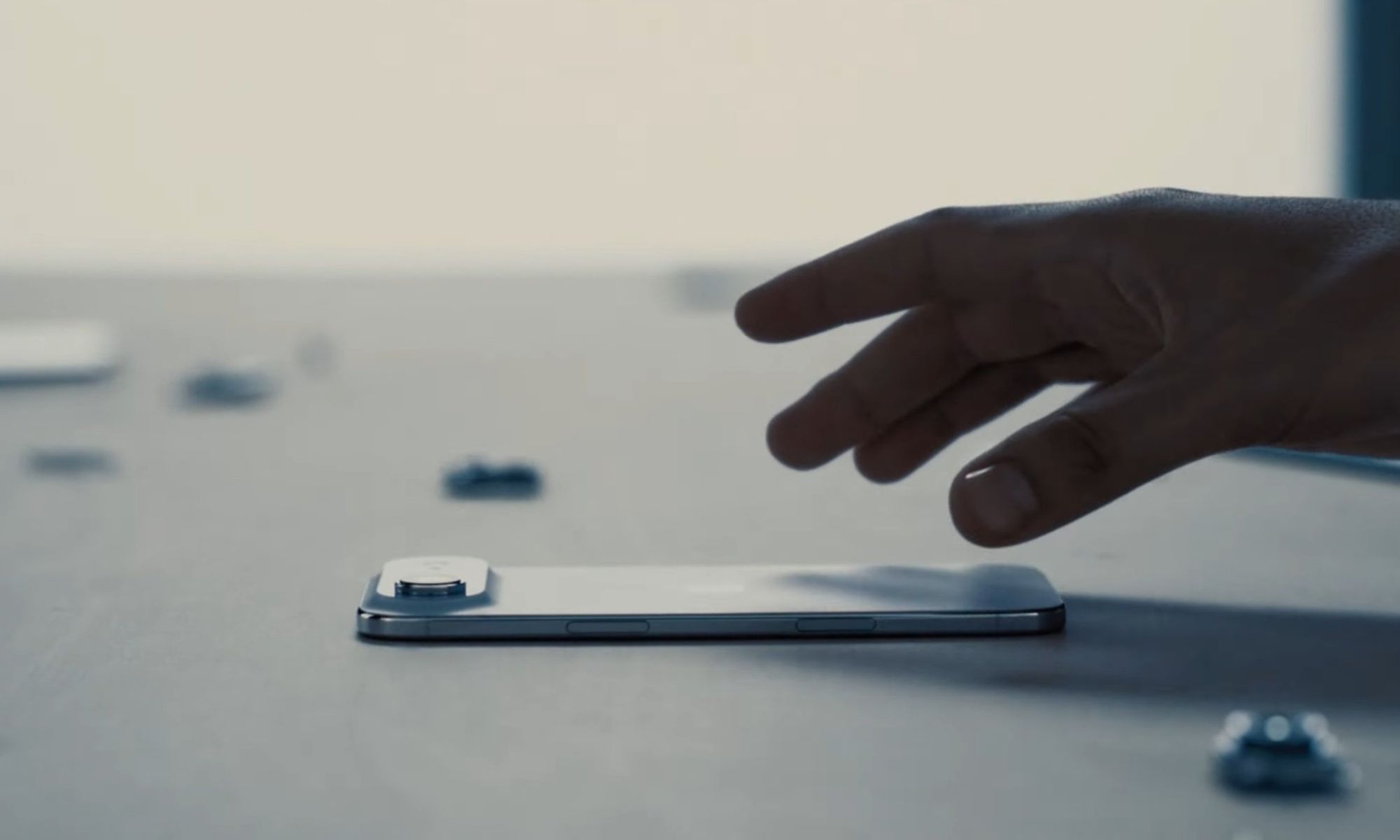
In 2025, Chinese smartphone manufacturers are ramping up their efforts to compete with Apple, and now it’s Huawei’s turn. The Mate 70 Air targets the same audience that appreciates the iPhone Air for its stylish design but prefers a more budget-friendly option. Although it is slim and relatively inexpensive, the Mate 70 Air maintains its quality without compromising like the iPhone does. However, do the advantages of the Huawei Mate 70 Air surpass the Apple experience?
Design
The Mate 70 Air has a thickness of 6.6 mm and weighs 208 grams. While the iPhone Air is thinner at 5.6 mm and lighter at 165 grams, the Mate 70 Air excels in other aspects, which I will elaborate on below.
The iPhone Air features sleek, rounded corners and a glossy titanium frame. While it does attract fingerprints quite a bit, it gives off a sturdy impression. The USB-C port has a 3D-printed design, and the buttons and camera controls extend nearly from one edge to the other.
I spent some time weighing my options among the Huawei colors—Black, White, or Turquoise. Eventually, I opted for White. I have to say, each color had its own appeal. The iPhone Air is available in shades like Sky Blue, Light Gold, Cloud White, and Space Black. While these options tend to evoke a fun and youthful feel, I found it challenging to choose one that resonated with me as a man in my mid-20s. But hey, Apple is targeting those who appreciate that wow factor, and there’s nothing wrong with that.
Display
The Mate 70 Air’s display is shielded by Huawei’s proprietary Kunlun glass, but what truly stands out is its 18.8:9 aspect ratio along with the generous 7-inch screen size. This wide format makes it easier to read e-books and articles with less need for scrolling. Additionally, gaming experiences in titles like Call of Duty: Mobile and PUBG are smoother due to the larger touch areas. However, I find it surprising that Huawei doesn’t provide a stylus for such a sizable screen.
Screen brightness has become an essential feature for smartphones, alongside processors and cameras. The Mate 70 Air excels in this regard too, boasting a peak brightness of 4,000 nits, which ensures the display remains clear even in direct sunlight. Apple aims for similar brightness levels, meaning Huawei is up against some tough competition.
For reference, the iPhone Air, which is positioned in the middle of the iPhone 17 lineup, features a 6.5-inch screen. Users appreciate the Super Retina XDR display, which achieves a peak brightness of 3,000 nits and remains easy to view in all conditions.
Camera
The Mate 70 Air features a circular camera arrangement on the rear, equipped with four lenses. The primary camera boasts a 50 MP sensor, complemented by a 12 MP telephoto lens that includes 3x optical zoom and optical image stabilization (OIS). Additionally, there’s an 8 MP ultrawide/macro lens and a 1.5 MP multispectral red maple sensor designed to enhance color and detail under varying lighting conditions.
In contrast, the iPhone Air’s camera system is considered one of its shortcomings. It includes a single 48 MP camera on the back and an 18 MP front-facing camera with Centre Stage technology from the iPhone 17 series. The absence of an ultrawide or telephoto lens limits its photographic capabilities, which is somewhat disappointing when stacked against the Samsung Galaxy S25 Edge that offers dual cameras. However, that’s a topic for another discussion.
Battery
Samsung and Apple have fallen short in terms of battery life with their slim smartphones, but Huawei has succeeded. The Mate 70 Air is equipped with a 6,500 mAh silicon carbon-anode battery. According to various users, they’re seeing about 35-40% battery remaining by the end of the day after extensive use, which is impressive for a slim device.
On the other hand, the iPhone Air features a smaller battery (3,149 mAh) designed to maintain its sleek profile. While its battery life isn’t as lengthy as that of other iPhones, it’s still adequate for daily use. Most users can get through a day with a nightly charge, but if you’re gaming or using resource-intensive apps, you might need to activate low power mode.
Price and Conclusion
I can see how Huawei’s slim phone holds its own in areas where the ultra-thin Apple model fails. The Mate 70 Air features a large display, vibrant stereo audio, and a sizable battery. At $799, the price for the Mate 70 Air seems reasonable to me. In comparison, Apple charges $999 for the iPhone Air, and if you want a snap-on power pack—which Apple markets as an extra—you’ll need to spend an additional $99. I consider that power pack essential for lengthy days, so when the total approaches $1,100, I recommend caution.
Every year, Apple launches new iPhones, and more often than not, each new model offers only minor updates over the previous version—enhanced cameras, a few added features, but not significant advancements. If you opt for the iPhone Air, the compromises you make may be worthwhile, depending on your personal priorities.





